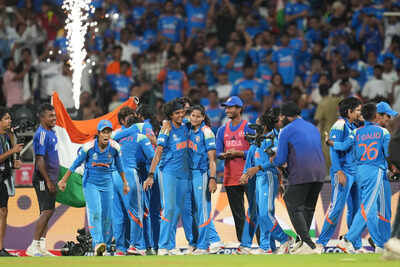There was a minimal learning curve in switching.
BHPian ntnjngr recently shared this with other enthusiasts:
Hello, my dear BHPians! I thought of posting this for a long time, and here it is. This post is the story of why I switched to L/100 km. Like many others, I didn’t fully understand kmpl. I thought the difference between 10 kmpl and 12 kmpl is the same as between 18 kmpl and 20 kmpl. My post will likely change your opinion if you’re in the same boat.
Background
I drive a VW Taigun 1.0 L manual. On light foot, and normal ambient temperatures, she gives me 20 kmpl. After learning to drive on her and getting confident, I started using all my RPMs and enjoying my machine. When I drive spiritedly, I sometimes get 12 kmpl, sometimes 14 kmpl. As I am the go-to person in my home for pick up and drop off, I mostly use my car for 200 kilometers at a time. So after every trip, I used to calculate the extra petrol I spent on enjoying the revs. I assumed 20 kmpl as minimum fuel economy, meaning 10 liters for my 200 km journey. On top of that, if I got 12 kmpl, I used to calculate the extra fuel as 200/12 – 10 = 6.6 liters.

I used to do this calculation every time, until I stumbled upon an Engineering Explained video comparing kmpl and L/100km. The following part is inspired by his video.
Suppose you have five cars in your garage. Let’s say 4 of them are Grand Vitara with 20kmpl average fuel economy and a G 63 AMG with average fuel economy of 2 kmpl. Every month, you drive each of your cars for 100 km. I can double the average fuel economy of either 4 Grand Vitaras from 20 to 40 kmpl or 1 AMG from 2 to 4 kmpl. Which one would you prefer? Let’s calculate.
- Initial fuel quantity = 4*100/20 + 100/2 = 70 litres
- Grand Vitara from 20 to 40 = 4*100/40 + 100/2 = 60 litres
- AMG from 2 to 4 = 4*100/20 + 100/4 = 45 litres
Surprising, isn’t it? See the problem with kmpl, the scale isn’t linear. That is, the difference between 10 kmpl and 12 kmpl isn’t the same as between 18 kmpl and 20 kmpl. The former is greater than the latter.
Switching to L/100 km
There was a minimal learning curve in switching. The 20 kmpl became 5L/100 km. In Haryana, XP95 costs 102 rupees, therefore, L/100 km also became Rs/km. (I loved this.) Also, I saw many taxi drivers computing average fuel economy in Rs per km. This further reinforced my decision to switch.
Advantages
- When I drive spiritedly, I know exactly how much extra fuel/money I am spending. For example, 7L/100km means extra Rs 2 per km, and for a 200 km journey, I spend 400 rupees on enjoyment. The calculation becomes really easy.
- In my car, there’s an option to see instantaneous fuel economy. When I’m idling in kmpl, it shows — but in L/100km, it switches to l/hour, which is also helpful. With my AC compressor on, it shows 1.2 L/hour, and with it off, it shows 0.6 L/hour.
- Further, my mentality also changed. Earlier, when I was driving economically (of course, never compromising on safety), and got 19 kmpl, I used to think that I didn’t make it to the magical 20 kmpl and got one less than it. Now, at 5.26 L/100km (=19 kmpl), it’s just 26 paisa per km more than 5 L/100 km.

Hopefully, my post was helpful to you. As this is my first proper post, I apologise for any mistakes. Also, any feedback/criticism is highly appreciated.
Until next time, drive safely.
Read BHPian comments for more insights and information.





